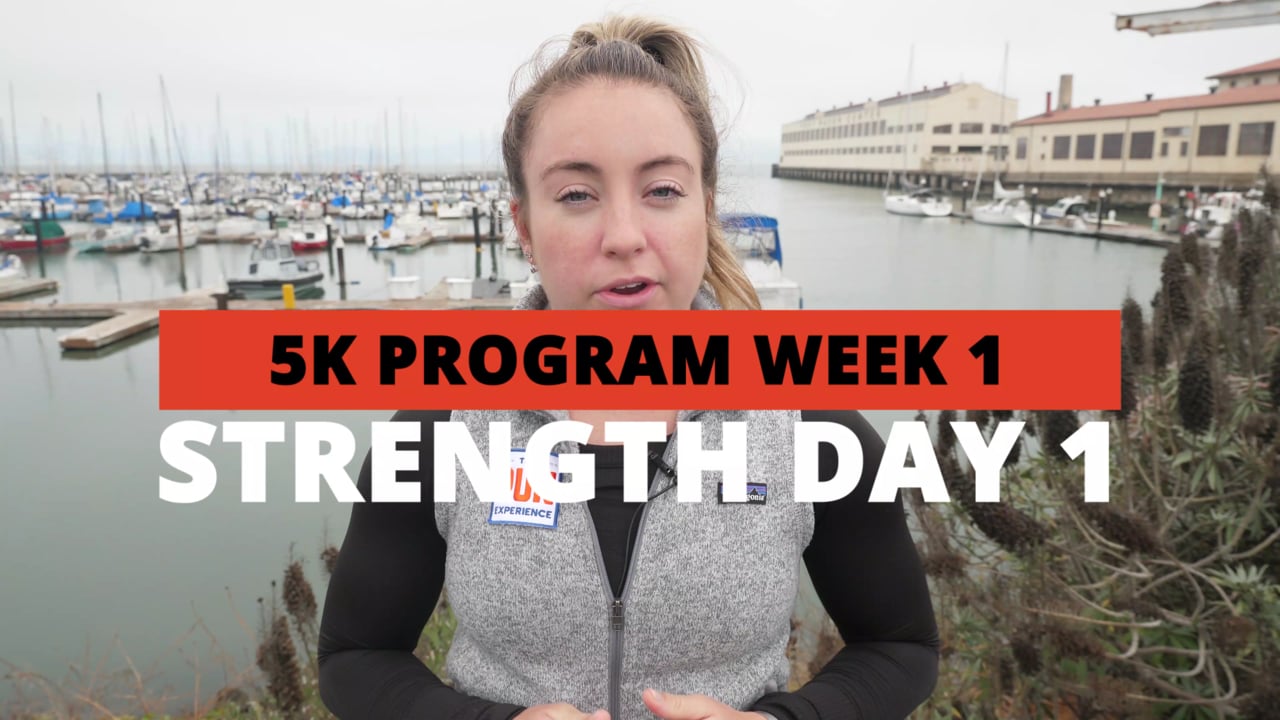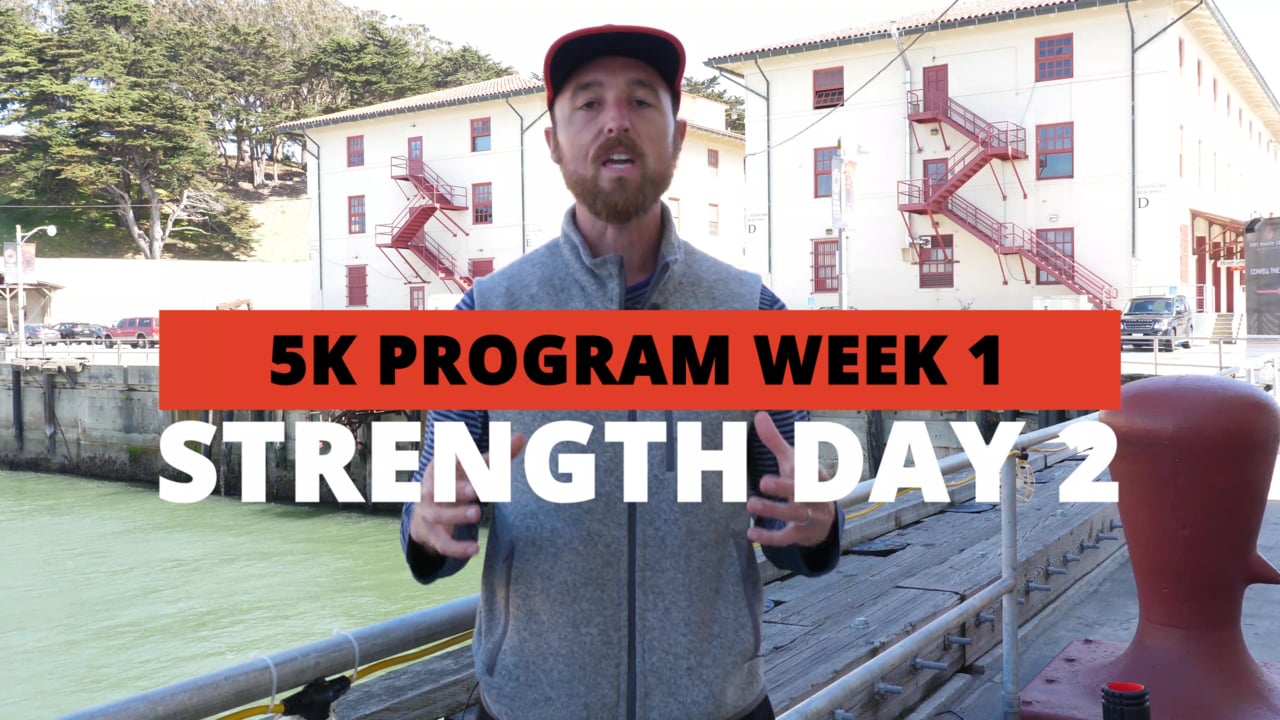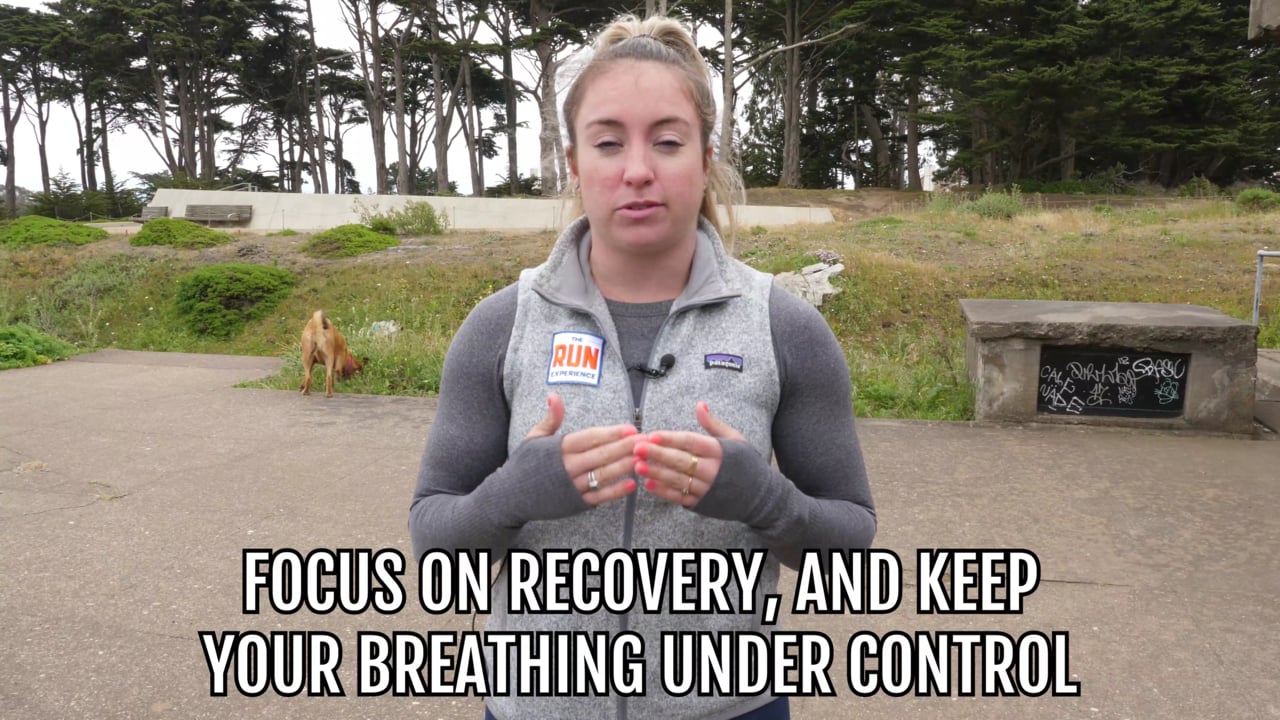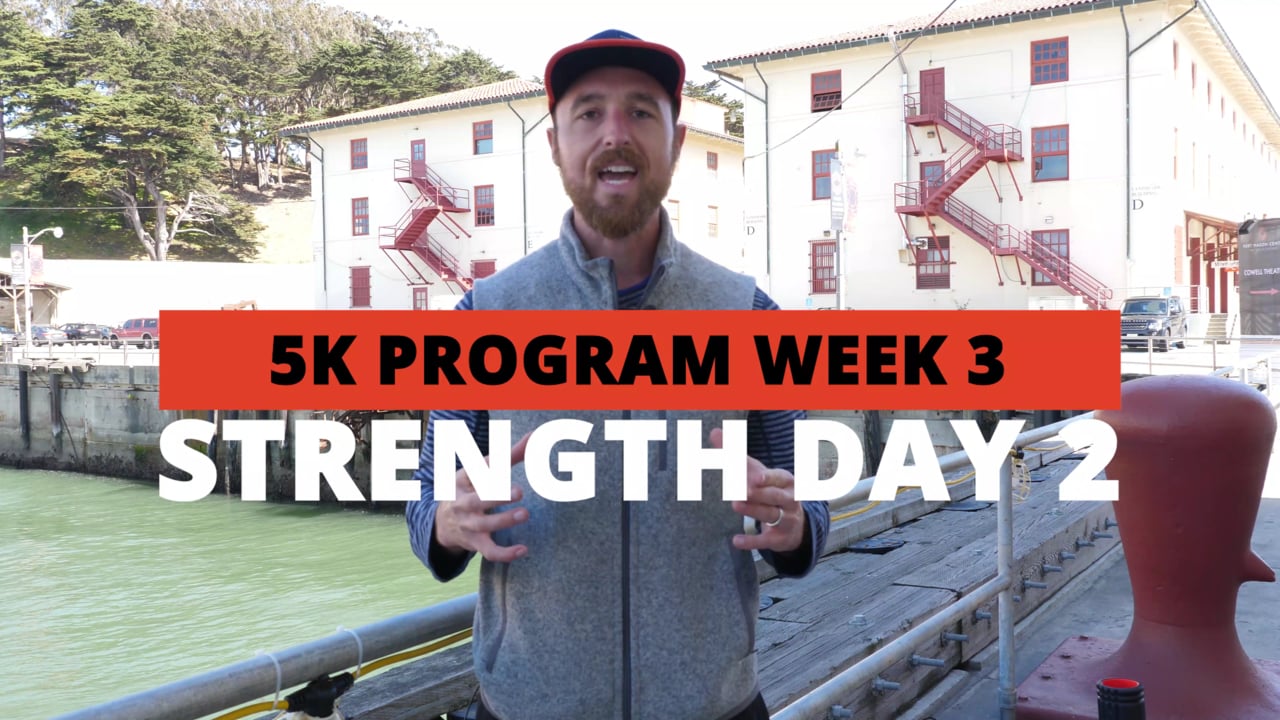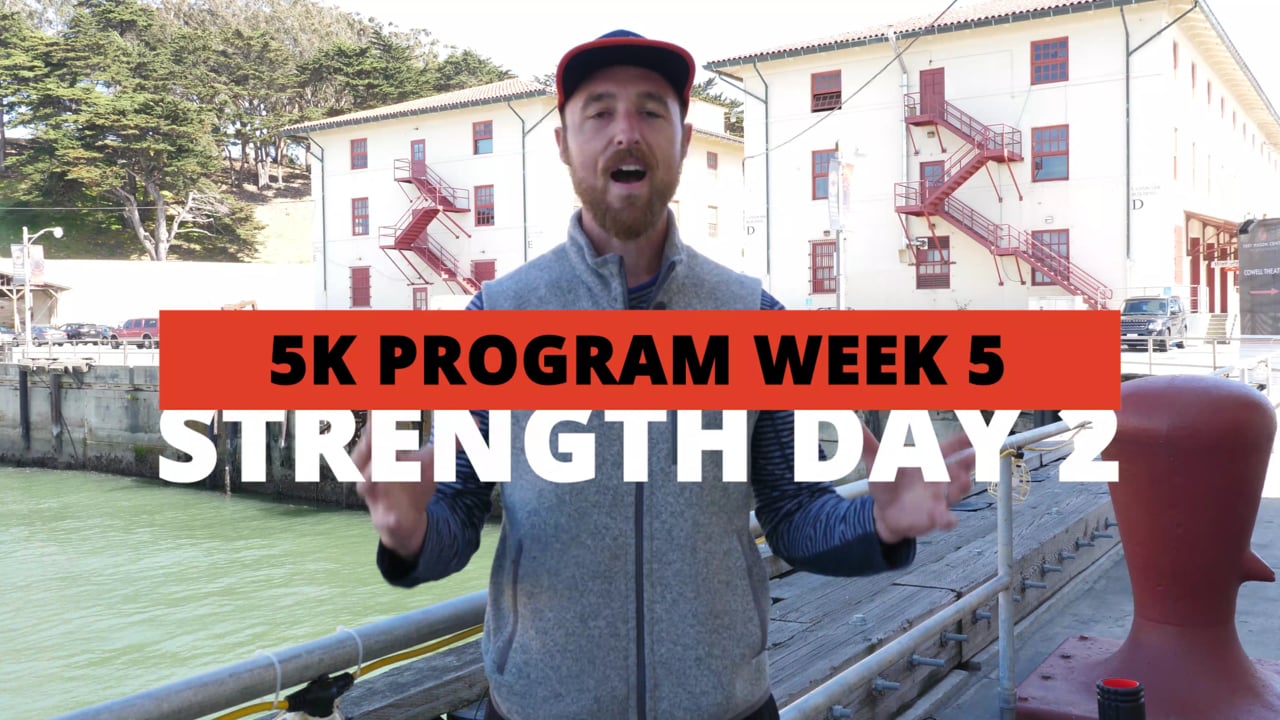5k Training Program
5k Program | Home
5k Program
Home
“Whatever you can do, or dream you can do, begin it. Boldness has genius, power and magic in it” ~Goethe
Welcome to the 6-week 5k training program! We’re excited for you and your decision to train with us. Whether you’re a beginner, an intermediate, or an advanced runner, we have something in store that will challenge and improve your next 5k race.
First, though, let’s spend a few minutes and outline what we’re planning and give you not only an understanding of why it’s important but also a way to help you determine how much effort to put into each run.
If you want to learn about how to use our website first, watch our how-to videos here. There’s a lot of great information – not only about how to navigate our site but also about how to choose from among the many different programs we have. Go ahead! We’ll stay right here, and wait for you to come back.
Also, in case you don’t already know about it, how about checking out our private Facebook Community Page? Meet other runners, our coaches, and team captains! The support and camaraderie make it a fabulous place to hang out, share your experience, and learn a lot!
Hey! Who’s excited about running a 5k? Let’s dig in!
Getting Started
There are six basic training areas important to every runner:
- Breathing
- Form
- Strength
- Endurance
- Speed
- Recovery
Every workout addresses one or more of these components. Let’s discuss each in turn.
The Fundamental Components
- Breathing
I know it seems a little simplistic to say that breathing is important to running. I mean, isn’t it important to everything? Bear with me.
We tend to breathe only in our chest because of poor posture and don’t utilize the full capacity of our lungs. In running, the goal of learning to breathe well is to provide our working muscles with the oxygen they need. If we learn to breathe more deeply, we can provide our muscles with more oxygen. That’s why we spend time learning to breathe with our diaphragm.
Diaphragmatic breathing takes focus and practice, but it’s a key component to improving running performance. That’s why we show you how running form and posture affects breathing.
To breathe better is to run with less effort. If we learn as well to coordinate movement with breathing we become more relaxed in our efforts. And a relaxed runner is a more fluid runner.
- Form
Running form describes a complex, balanced sequence of movements and postures that make us mechanically efficient in transforming energy into forward movement.
While each of our bodies has different capabilities, there are some fundamental running forms that we can all achieve that will economize our movements. A more efficient and economical runner can run faster and farther than one whose form isn’t as good.
Supporting good running form takes practice, awareness, and functional strength.
- Strength
Functional strength is what ties all the components together. Sometimes it’s core strength that allows you to better maintain an upright running position. At other times, it’s arm and shoulder strength that supports your arm swing. Leg strength allows us to generate more power and stability.
- Endurance
Endurance is the sum of cardiovascular and muscular fitness. Both of these components develop independently of each other, and can often diverge in cases of injury or illness.
Muscle endurance is the ability of your muscles to perform work over long periods of time under stress. Muscles are able to produce power when mitochondria convert oxygen and nutrients into energy that fuels muscle contraction. Oxygen and nutrients are delivered via the blood.
Believe it or not, this is where long, slow runs come into play.
The body’s response to long, slow running is to build more mitochondria and blood capillaries in your working muscles. That means the more long, slow runs you do, the more efficient your body becomes at providing energy to working muscles. This is where endurance gains are made.
Cardiovascular endurance is a measure of how effectively your body can deliver oxygen to working cells and how well your heart can deliver oxygen-enriched blood to working muscles. This is a function of how strong your heart muscle is, the concentration of red blood cells in the blood as well as how much of your lung capacity you use when breathing.
Believe it or not, this is (again) where long, slow runs come into play. Surprised?
Your heart is a muscle, and like any other muscle, gets stronger with prolonged use. Long, slow runs build your heart muscle’s strength and over time, you’re capable of delivering more blood to working muscles. Increased red blood cell concentration is also a physiological reaction to the stresses of long, slow running.
Finally, endurance is about strengthing your muscles, tendons, and joints to withstand the stresses that running encounters. This happens over time, so you need to be patient with your body as you progress on your running journey. If there is one thing that almost always leads to injury it’s trying to run more mileage than your body can handle. So be gentle with your body.
- Speed
No talk of run training is complete without mentioning speed. Especially for a shorter race like a 5k. After all, how fast we run is often how we measure our success or shortcomings as a runner. It shouldn’t matter how we run as long as we can get to the finish line as quick as possible, right? Well, not so fast.
In its simplest interpretation, speed is a function of two things: cadence and stride length over some time duration. That is, how many steps you take in a given time and the length of your stride dictates how much time it takes to cover any distance. So, you ask, what goes into improving cadence and stride length? Glad you asked.
We all start with a natural running cadence that’s specific to our own bodies, but studies have shown that efficient runners all tend to run with cadences that average about 180 strides per minutes. Still, 180 is not a magical number by itself, it just happens to be what was observed when looking at a group of elite runners. 180 seems to be a good balance point between how much power you can deliver with your stride and how much stress your body endures running.
If your running cadence is less than that, don’t worry. Your body can learn and we can help.
Building a faster cadence starts with drills, and that doesn’t happen overnight since you also have to become a stronger, more skillful, more efficient runner. This ties in with what we’ve talked about in terms of running form, functional strength and mobility.
Stride length is similar, in that we all have a natural range of motion when we run. Stride length is really a function of two things: range of motion and power. Our signature warm-up – hip circles – helps to improve lower body range of motion by opening up your quads, hamstrings, and hip joints. Our other signature stretch – the couch stretch – helps loosen up your quads and hip flexors, allowing for a greater range as your leg extends rearward with each stride.
Power plays a part in stride length because the faster and higher you can drive your trailing leg forward the further your stride can extend. Power takes strength and endurance to develop, and this forward pulling of your leg is a skill we focus on.
The final, somewhat hidden, factor in speed is endurance. That is, endurance is what allows you to deliver power over longer periods of time. So as technical as stride mechanics can get, building endurance is just as important to delivering speed.
As we’ve mentioned before, endurance is not just about strength, although that’s a key component. Endurance is also about moving efficiently and having strong bones, muscles, and connecting tissues.
It doesn’t take much improvement to stride length to see massive improvements in your overall speed. Work on all the components equally, and over time you’ll find your times and fitness improving.
- Recovery
Recovery is about the things that you need to do when you’re not running. It’s as important to getting better as a runner as learning good running form.
There are three fundamentals to recovery: mobility, rest and nutrition.
Mobility is about maintaining a suppleness of muscle. It’s about addressing minor muscle and joint pain and tightness. It’s about maintaining and extending the range of motion in your joints.
At times it’s a bit painful. Other times, it’s bliss in the form of a lacrosse ball. At all times, it’s important. Everyone can learn to take better care of themselves as runners and athletes with a few simple tools and handful of techniques. That’s what we teach.
Rest is often overlooked as a part of becoming a better runner until you realize that you don’t get faster when you stress your body running speed drills or hill repeats. Let me explain.
What happens when you stress your body running speed drills is that you break down muscle fiber, stress your cardiovascular system and strain your energy delivery systems.
You get faster when you rest, and in combination with good nutrition, your body rebuilds to be better able to handle those same stresses the next time. Get your sleep, eat well, take a nap.
Speaking of eating well, be sure to visit our Nutrition section. Coach Elizabeth has great information there, and there’s always something interesting going on.
Weekly Workouts
Every week is going to be laid out in much the same order. Click on each day’s workout type to get our take on why this type of workout is important to you as a runner.
- Monday: Recovery and Mobility
On Mondays, we guide you through some whole body mobilizations, coordinating breathing with movement, alongside range of motion in a non-running scenario. If you’re familiar with yoga poses like downward dog and pigeon pose, you’ll be ahead of the game.
If not, don’t worry. Today is all about connecting with your body and how it moves and breathes. It’s all good.
- Tuesday: Building Good Form
On Tuesdays, we take one aspect of running form and give you drills to practice. Then we give you some running time to reinforce your new drill. Don’t worry if you feel a little uncoordinated with some of these drills. For some, they’ll be awkward. But relax, and do the best you can. Know in your mind’s eye what you’re trying to achieve and you’re more than halfway there.
Practice, practice, practice.
- Wednesday: Whole Body Strength Work with an Optional Run
Today’s a day that we work on more functional strength. Lunges to build leg strength. Push-ups to build arm and shoulder strength. There will be some core work and even a bit of plyometrics for good measure.
Let’s not forget burpees – they’re here too. You may well ask “What fresh hell is this?” when discussing burpees. No doubt they’re a complex movement, but they integrate an important coordination of core strength, hip drive, and arm strength that are really beneficial.
Burpees – you may not learn to love them, but you’ll learn to hate them less. But that’s OK with them. Burpees don’t like you much either.
- Thursday: Building Speed
Building speed is a skill. It’s a focused set of short drills that focus on different aspects. We’ll see three different types of drills: Hills, fartleks and short distance repeats.
Hill intervals are where your body learns to generate power. They’re short, fast bursts that require a focus on good form, leg drive, and leg lift. The good news is that the intervals are short and you have ample time to recover.
They’re important in building stamina, leg strength, and endurance even if the race you’re running has no hills. You could build this same strength in the gym, but building the strength while you’re learning important techniques for efficient hill running is a better way to teach your body how it’s done.
Hill training comes in a not so distant second to burpees in terms of things beginning runners dislike. You may not like them in the beginning. Over time, though, you see just how beneficial they are.
Fartleks – that funny Swedish word that means “speed play” – teaches you how to easily change speeds when you’re running. This is useful when you need to accelerate around slower runners or you’re trying to take advantage of a downhill section by running faster.
Making these speed changes may mean that you need to recruit fast-twitch muscles or you may need to tap a different energy source if you have to go really hard, and practicing doing this is the best way to teach your body how.
Track workouts are where you work on more pure speed over very short distances. You learn quickly that good form really matters when you’re trying to run fast, and you also learn about how to pace yourself over the course of repeating these shorter efforts. The payoff for this workout is that while you practice being faster, what you’re really learning is to run more efficiently. That increase in efficiency helps you run faster and easier at every distance.
- Friday: Balance, Core Strength and Stability Work with an Optional Run
The workouts on these days are really about those muscle groups that help you maintain good running form for the duration of your run. Learning balance and stability helps you evenly distribute the load between left and right, keeping you from overusing one side of your body.
Core strength has a couple of form benefits. First, it helps you maintain better upright posture, which promotes better breathing. Second, it helps you minimize upper body rotation while running, and keeps all your energy – even the energy in your arm swings – moving straight ahead.
- Saturday: Long Run
Remember those long, slow runs we mentioned when we talked about endurance? This is the day you get to practice running a long, slow run and gaining all the physiological benefits. Just imagine all those happy little mitochondria you’re helping to build.
It’s important to remember something about long, slow runs: Run them slow.
This is not the day to try run fast or PR over a new distance. That’s what race day is for. Today is for strengthening your heart, building more efficient energy delivery systems and strengthening your muscles and tendons so that you can run further.
So, repeat after me: “I will keep the slow days slow.”
- Sunday: Fun Run
Today is the day when we just want you to get outside and stay active. You don’t need to run, but you can. You could go for a hike with your family or a bike ride with your bestie.
You can even rest and do nothing if you want and you’re feeling tired. Except for mobility and self-care. You should always do those things. Ten minutes per day, no days off.
Wrapping Up
- Beginner, Intermediate or Advanced?
We mentioned that we are breaking up some of the workouts based on whether you are a Beginner, Intermediate or Advanced runner.
So how do you know which one you are? Let’s talk about your Running Age.
Running Age is based on the observation that people that have been running for longer periods of time generally are capable of enduring more training stress. That is, over time, their muscles, joints, and cardiovascular systems have gotten stronger.
Consider how many months you’ve been running consistently. If you had to take a break for personal or physical reasons longer than 3 months, start counting from when you restarted. If your break was less than 3 months, go ahead and include that time as if you hadn’t taken a break at all. Take that number, convert it to years, then round down. This isn’t an exact science, so fudge in whatever direction you feel is appropriate.
This number is your Running Age.
Here’s a broad scale you can use to self-select into a category.
Beginner: Running Age less than 2 years
Intermediate: Running Age from 2 to 4 years
Advanced: Running Age more than 4 years - Measuring Performance - Introducing Rated Perceived Effort (RPE)
We want to talk a little bit about how to gauge your own paces and efforts when running. If you’re new to running this topic may be new. If you’ve been around for a while, chances are you have a GPS watch that you use that tracks your mileage and displays your pace. This conversation is relevant to you, too.
What we’re talking about is called “Rated Perceived Effort” or RPE. It’s a scale that attempts to assign a value, between 1 and 10, of how hard the effort you’re making feels. On this scale a 1 is “Almost no effort at all” and a 10 is “Maximum effort”.
It’s the “perceived” part that a lot of people have trouble with. We often spend a lot of time having devices tell us how we’re doing (I’m looking at you, Garmin), and we sometimes lose the ability to discern what our own bodies are telling us.
The crux of RPE is that you to measure your effort, and not compare it to someone else’s effort. It doesn’t have hard boundaries between values, for example between a 5 and a 6, and that troubles many. It’s meant to be an approximation of your effort as you’re experiencing it.
It’s important to realize that your perception of effort changes from day to day. What’s a 6 today might be an 8 tomorrow if your allergies kick up. It might just as easily be a 4 tomorrow if you get more sleep tonight than you did last night. It’s all relative to how you’re feeling today.
As for those with GPS and heart rate monitors, remember this: Just because you can measure your pace and your heart rate with a degree of accuracy doesn’t tell you anything about how hard or easy the effort was. Use your tools to gather your metrics, but pay more attention to how you feel.
- The Rate Perceived Effort (RPE) Scale
RPE Scale Effort Level Perceived Effort 1/10 10% effort Easiest of Easy 2/10 20% effort 3/10 30% effort 4/10 40% effort 5/10 50% effort Moderate 6/10 60% effort 7/10 70% effort 8/10 80% effort 9/10 90% effort 10/10 100% effort Extremely Difficult



